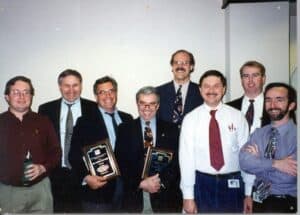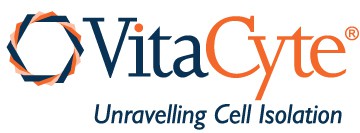Thirty years ago today, an 8-person R&D team at Boehringer Mannheim Biochemicals launched LiberaseTM HI Purified Enzyme Blend, the first demonstration that a purified collagenase-protease enzyme mixture could be used to isolate mammalian cells from solid tissues. This development indirectly contributed to the success of the “Edmonton Protocol” that showed that human islet transplantation could be used to manage refractory adult type 1 diabetic patients. Francis Dwulet and Bob McCarthy thank those co-members of the Liberase project team that made this all possible. They were Tom Cavanagh, Bernie Ellis, Terry Fetterhoff, John Gill, Kathleen Wile, and Mary Jo Wright. Others critical to the success of this project were Bill Freytag, Director of R&D, that supported and championed its funding, Dani Coffing, who wrote the code that enabled an image analysis system to automatically count freed islets as they were released from porcine pancreatic tissue, and Jonathan Lakey who was critical for sourcing human donor organs and bringing his expertise in human islet isolation to the project team. This team performed 25 human islet isolations to show the effectiveness of this new enzyme mixture in overcoming the limitations of traditional collagenase products.

Special thank you’s go to Shaun Lonergan, who was instrumental in arranging Camillo Ricordi’s visit to Indianapolis to meet with management at Boehringer Mannheim; Camillo, who convinced management to fund the project; and Ray Rajotte whose lab performed the first human islet isolation using the Liberase HI product.
